
Mary Ashton Livermore was an American journalist, abolitionist, and advocate of women's rights. Her printed volumes included: Thirty Years Too Late, first published in 1847 as a prize temperance tale, and republished in 1878; Pen Pictures; or, Sketches from Domestic Life; What Shall We Do with Our Daughters? Superfluous Women, and Other Lectures; and My Story of the War. A Woman's Narrative of Four Years' Personal Experience as Nurse in the Union Army, and in Relief Work at Home, in Hospitals, Camps and at the Front during the War of the Rebellion. She wrote a sketch of the sculptor Anne Whitney for Women of the Day and delivered the historical address for the Centennial Celebration of the First Settlement of the Northwestern States in Marietta, Ohio on July 15, 1788.

Josephine St. Pierre Ruffin was a publisher, journalist, civil rights leader, suffragist, abolitionist, and editor of the Woman's Era, the first national newspaper published by and for African American women.
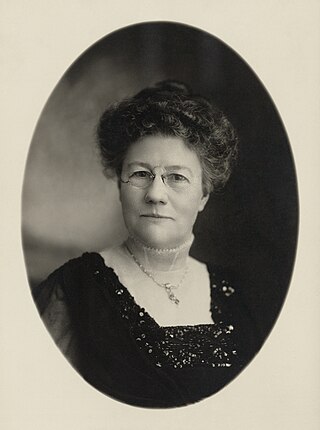
Ida Husted Harper was an American author, journalist, columnist, and suffragist, as well as the author of a three-volume biography of suffrage leader Susan B. Anthony at Anthony's request. Harper also co-edited and collaborated with Anthony on volume four (1902) of the six-volume History of Woman Suffrage and completed the project by solo writing volumes five and six (1922) after Anthony's death. In addition, Harper served as secretary of the Indiana chapter of the National Woman Suffrage Association, became a prominent figure in the women's suffrage movement in the U.S., and wrote columns on women's issues for numerous newspapers across the United States. Harper traveled extensively, delivered lectures in support of women's rights, handled press relations for a women's suffrage amendment in California, headed the National American Woman Suffrage Association's national press bureau in New York City and the editorial correspondence department of the Leslie Bureau of Suffrage Education in Washington, D.C., and chaired the press committee of the International Council of Women.

Harriet Jane Hanson Robinson worked as a bobbin doffer in a Massachusetts cotton mill and was involved in a turnout, became a poet and author, and played an important role in the women's suffrage movement in the United States.
Elizabeth Campbell Fisher Clay (1871–1959) was an American artist and painter. Clay studied art in Boston, New York, and Paris. After her marriage, she lived in Halifax, West Yorkshire, England and exhibited in London, including two exhibitions at the Royal Academy of Arts.

Alice Parker Lesser was an American lawyer, suffragist, and clubwoman based in Boston, Massachusetts.

Lillian A. Lewis was the first African American woman journalist in Boston, Massachusetts. She started her career in the 1880s with the Boston Advocate, a Black community newspaper, and began writing for the Boston Herald in the 1890s. To disguise her gender, she used the pen name "Bert Islew."

The New England Woman's Press Association (NEWPA) was founded by six Boston newspaper women in 1885 and incorporated in 1890. By the turn of the century it had over 150 members. NEWPA sought not only to bring female colleagues together and further their careers in a male-dominated field, but to use the power of the press for the good of society. The group raised funds for charity and supported women's suffrage and other political causes.

Mary Grace Edholm was an American reformer and journalist. She worked as a journalist for twenty years.

Caroline Brown Buell was an American activist who lectured and wrote on behalf of temperance and suffrage. She served as the assistant recording secretary (1878–80), corresponding secretary (1880–93), and a member of the Our Union publication committee (1876–83) of the National Woman's Christian Temperance Union (WCTU); as well as the president (1904) and corresponding secretary (1875–86) of the Connecticut WCTU. She also originated the plan of the Loyal Temperance Legion, the children's society of the WCTU. Buell wrote extensively for temperance publications, and other papers and magazines. She made her home in East Hampton, Connecticut.

Ella M. S. Marble was an American physician who worked as a journalist, educator, and activist earlier in her career. From girlhood, she took an active interest in any movement calculated to advance the interests of women. Interested in literary and philanthropic work, Marble served as president of the District of Columbia Federation Womans' Clubs, numbering ten societies and 2,500 members ; president, District Federal; vice-president, Womans' National Press Association for state of Maine; president, Minnesota State Suffrage Association; president, Minneapolis City Suffrage Association; president, Washington City Suffrage Association; Secretary, Pro Re Noto; and secretary, White Cross Society of Minneapolis.

Marion A. McBride, also spelled MacBride, was an American journalist and clubwoman. She founded several women's press associations, most notably the New England Woman's Press Association. She wrote and lectured on domestic science, and was active in charitable causes and local politics. It was largely due to McBride's activism that the state of Massachusetts began hiring matrons for city police stations and built a separate facility for female inmates in Boston.
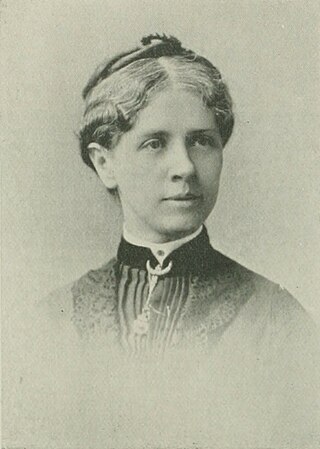
Adelaide Avery Claflin was an American woman suffragist and ordained minister.
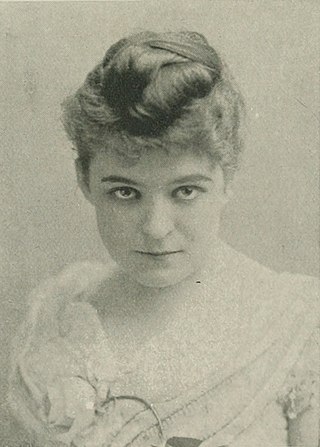
Emma Sheridan Fry was an American actress, playwright, and teacher. She started her career as a stage actress and after retiring from that, she became a writer for various periodicals and wrote plays. In 1903, she established the Children's and Young People's Theatre in New York City. Also in that city, she served as director of the Children's Educational Theatre and the Educational Players, as well as teaching at the American Academy of Dramatic Arts. Fry died in 1936.

Martha E. Sewall Curtis was an American woman suffragist and writer. She delivered notable lectures at the meetings of the National Woman Suffrage Association in Boston. For years, she edited a weekly woman's column in the News, of Woburn, Massachusetts, and was president of the Woburn Equal Suffrage League. For a number of years, she conducted in Boston a bureau of stenography and employed about 20 women. Her publications included Burlington Church (1885), Burlington (1890), and Ye olde meeting house (1909).
Marion Hamilton Carter was an American Progressive Era educator, psychologist, children's literature editor, short story writer, and artist. In her prime, she worked as a muckraker journalist, magazine editor, women's suffrage advocate, and novelist. She was an early member of the Authors League of America, and published short fiction and nonfiction in popular magazines of the day. She is best known today for her suffrage novel, The Woman With Empty Hands: The Evolution of a Suffragette.

Eva Munson Smith was an American composer, poet, and author. She was the author of Woman in Sacred Song (1885), a representative work of what women have done in hymnology. She was the author of a large number of temperance songs and other works, which became very popular. Her poems appeared in Poets of America and other standard works. Her best known productions were "Woodland Warblings", "American Rifle Team March", and "I Will Not Leave You Comfortless".
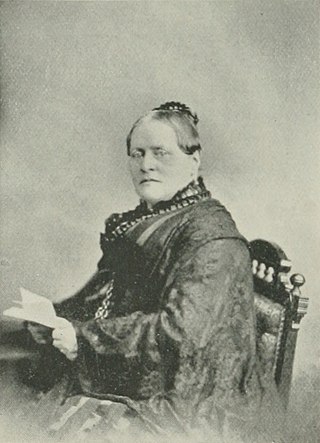
Martha H. Mowry was an American physician and the first woman physician in the U.S. state of Rhode Island. She was also an advocate for women's suffrage and human welfare reform.
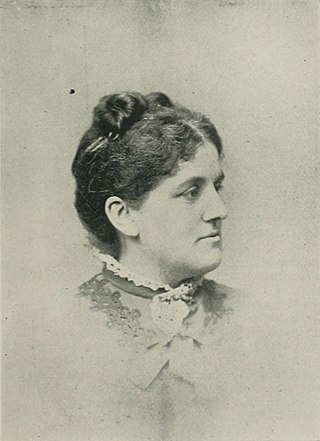
Harriette R. Shattuck was an American author, parliamentarian, teacher of parliamentary law, and pioneer suffragist. Shattuck served as assistant clerk of the Massachusetts House of Representatives in 1872, being the first woman to hold such a position. She wrote several books, including The Story of Dante's Divine Comedy (1887), Our Mutual Friend: A Comedy in Four Acts, Dramatized from Charles Dickens (1880), The "national" Method (1880), Marriage, Its Dangers and Duties (1882), Little Folks East and West (1891), Woman's Manual of Parliamentary Law (1891), The Woman's Manuel of Parliamentary Law (1895), Shattuck's Advanced Rules for Large Assemblies (1898), Our Mutual Friend: A Comedy, in Four Acts (1909), and Shattuck's Parliamentary Answers, Alphabetically Arranged (1915).

















